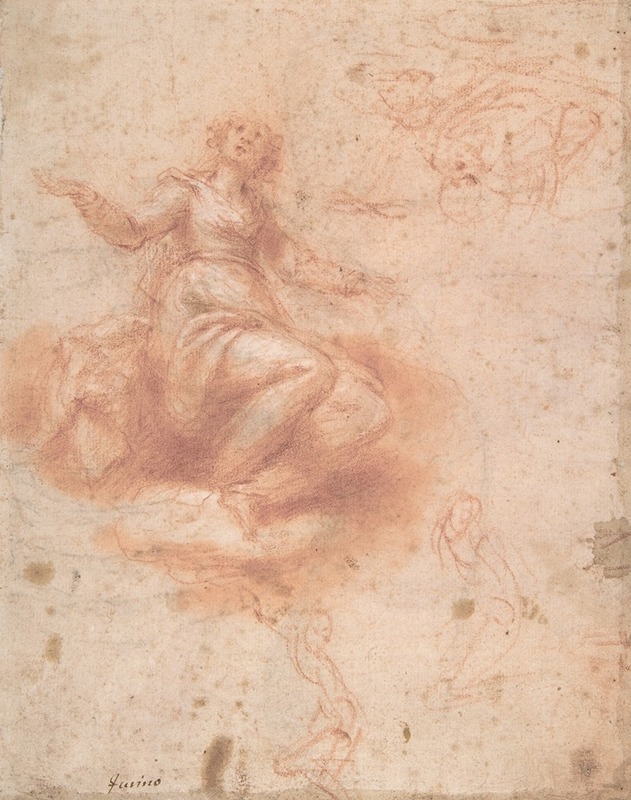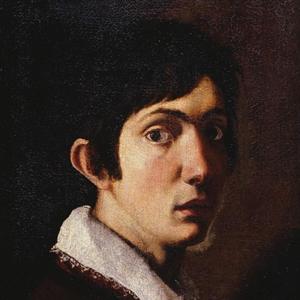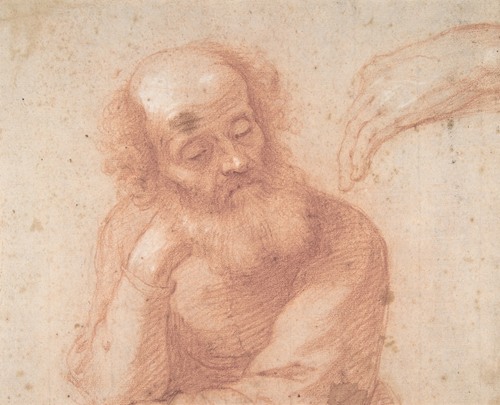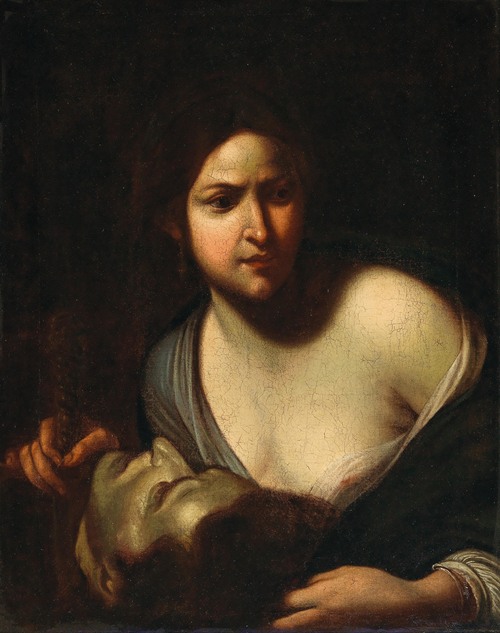

Francesco Furini was an Italian Baroque painter of Florence, noted for his sensual sfumato style in paintings of both secular and religious subjects.
He was born in Florence to an artistic family. His father, Filippo, was a portrait painter; his sister Alessandra also became a painter; and another sister, Angelica, was a singer in the court of Cosimo II de' Medici, Grand Duke of Tuscany. Furini's early training was by Matteo Rosselli (whose other pupils include Lorenzo Lippi and Baldassare Franceschini), though Furini is also described as influenced by Domenico Passignano and Giovanni Biliverti. He befriended Giovanni da San Giovanni. Traveling to Rome in 1619, he also would have been exposed to the influence of Caravaggio and his followers. Among his pupils are Simone Pignoni and Giovanni Battista Galestruzzi.
Furini's work reflects the tension faced by the conservative, mannerist style of Florence when confronting then novel Baroque styles. He is a painter of biblical and mythological set-pieces with a strong use of the misty sfumato technique. In the 1630s his style paralleled that of Guido Reni. An important early work, Hylas and the Nymphs (1630), features six female nudes that attest to the importance Furini placed upon drawing from life.
Furini became a priest in 1633 for the parish of Sant'Ansano in Mugello.
Freedberg describes Furini's style as filled with "morbid sensuality". His frequent use of disrobed females is discordant with his excessive religious sentimentality, and his polished stylization and poses are at odds with his aim of expressing highly emotional states. His stylistic choices did not go unnoticed by more puritanical contemporary biographers like Baldinucci. Pignoni also mirrored this style in his works.
One of his masterpieces, and not reflective of the style of his canvases, is the airy fresco in Palazzo Pitti, where on order of Ferdinando II de' Medici, between 1639 and 1642, Furini frescoed two large lunettes depicting the Platonic Academy of Careggi and the Allegory of the Death of Lorenzo the Magnificent. The frescoes can be seen as a response to Pietro da Cortona, who was at work in the palazzo during these years.
Furini traveled to Rome again in the year before his death in 1646.




